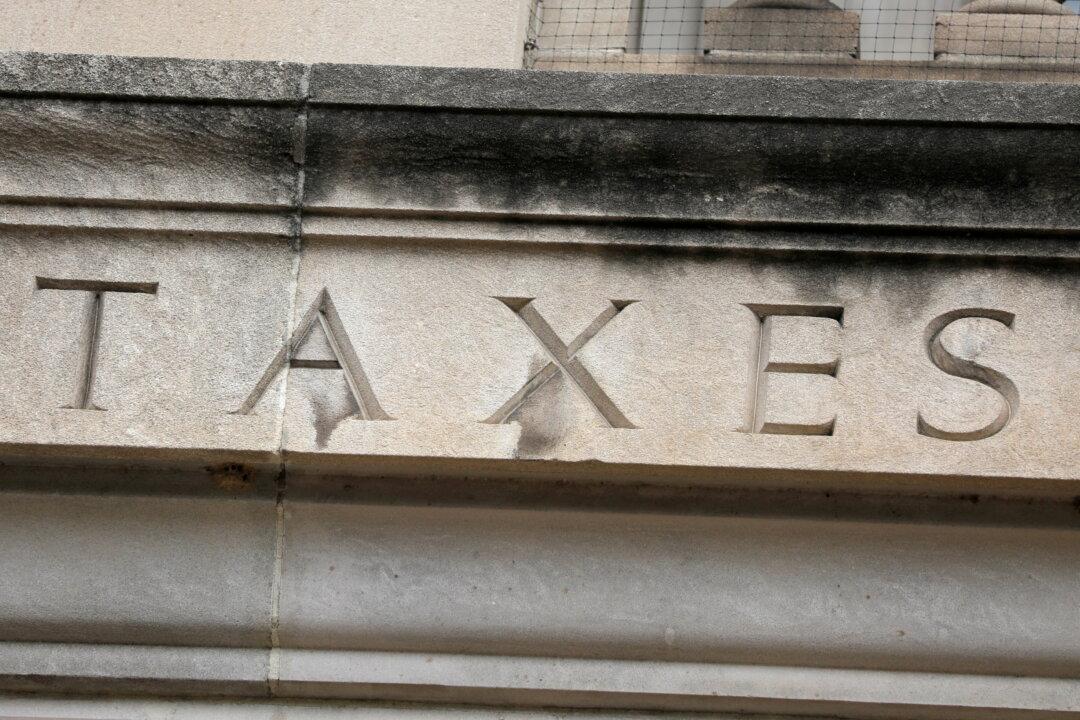Commentary
Rep. Earl Carter (R-Ga.) introduced a new tax proposal called the “fair tax.” Predictably, Democrats politicized the proposal. Sen. Catherine Masto (D-Nev.), for example, posted a typically uninformed statement on Twitter:

Rep. Earl Carter (R-Ga.) introduced a new tax proposal called the “fair tax.” Predictably, Democrats politicized the proposal. Sen. Catherine Masto (D-Nev.), for example, posted a typically uninformed statement on Twitter: